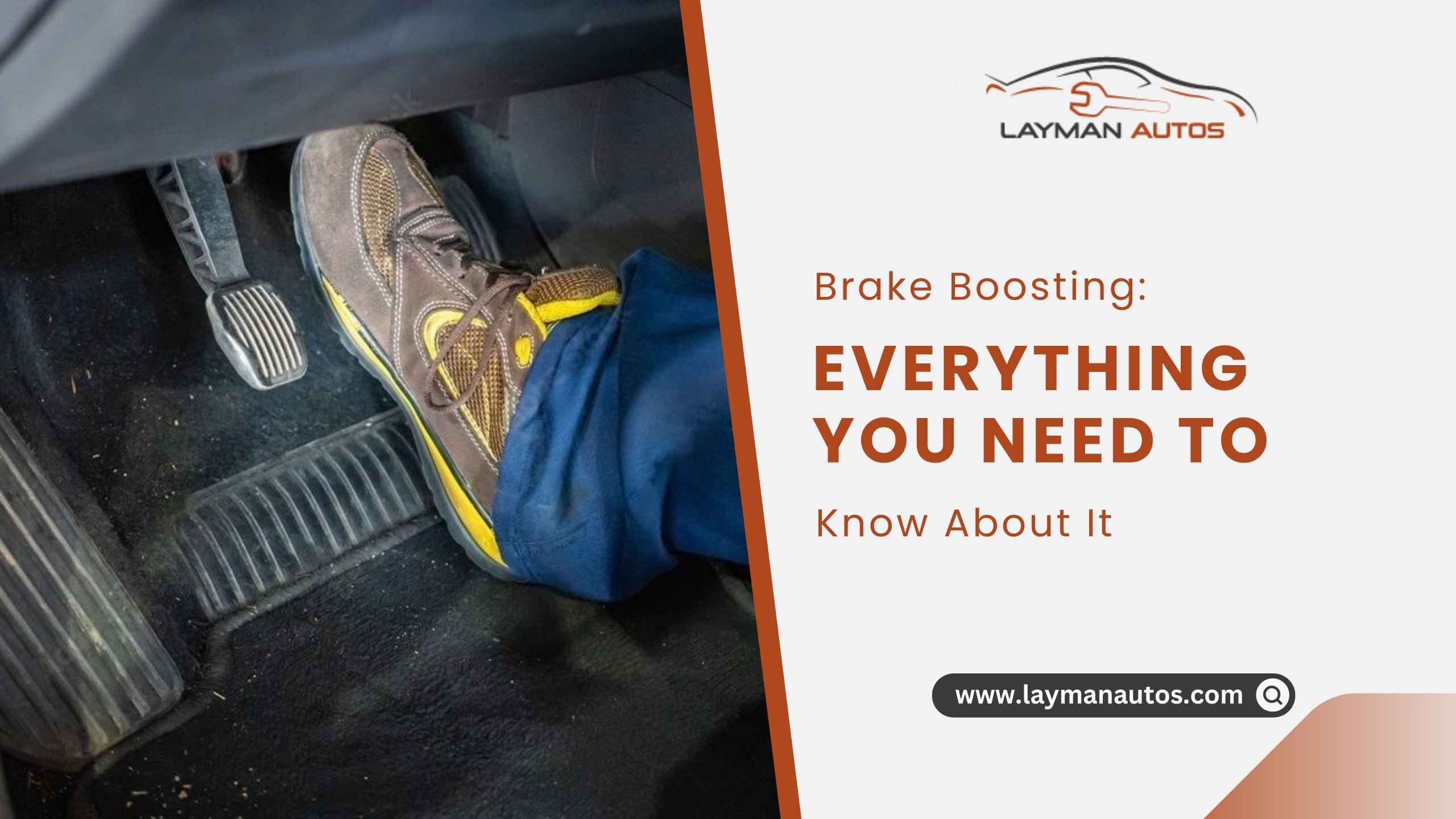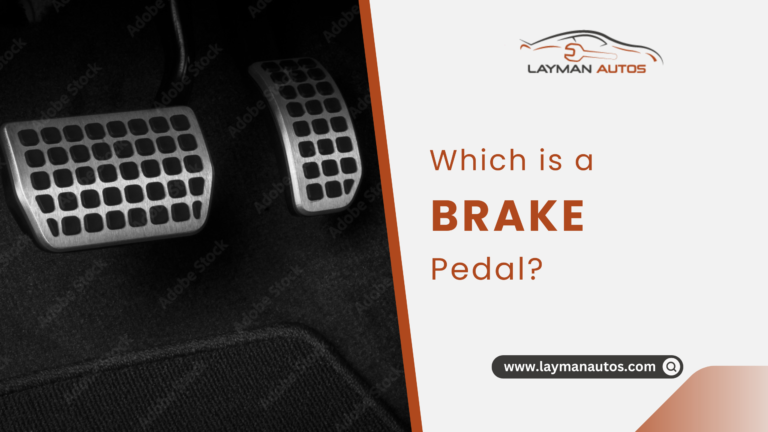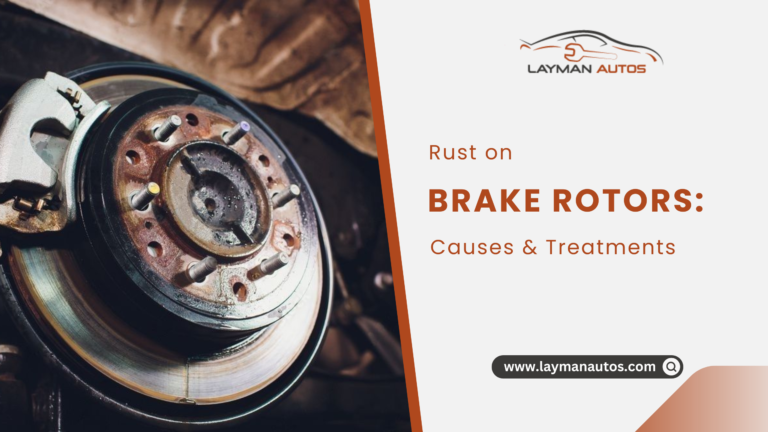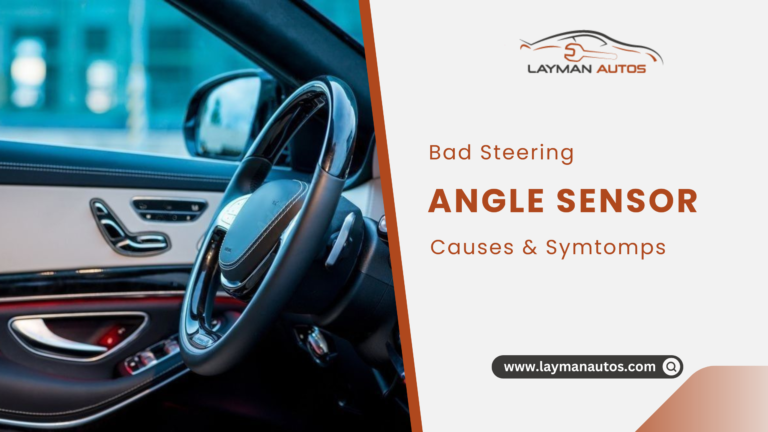Brake Boosting: Everything You Need To Know About It
The secret to a fast and durable car is not shared by all motorists. We’re happy to finally shed light on these questions, which have long puzzled us about the mechanics of a brake boost. For that reason, it’s important to understand what brake boosting is and why it’s so important to vehicle maintenance.
In our post, we shall analyze and explain brake boosters in great detail. Come on, let’s go in!
What is Brake Boosting?
Rolling an automobile while maintaining gas pedal pressure and gently applying the brakes is known as “brake boosting“. The car’s steady speed is maintained by the brake boost until the engine kicks in. Roll racing is one common application of the brake-boosting technique.
Until the turbo cars’ power develops, this tactic keeps them going at a constant speed, which encourages instant acceleration. MPH roll racing and other competitions like it are potential places to find brakes-enhancing methods.
To put it succinctly, a brake booster is a vehicle that uses the brakes to gain speed and requires the use of both the gas and brake pedals at the same time. Acceleration and deceleration might be coordinated with a single set of pedals, allowing drivers to move more quickly from point A to point B.
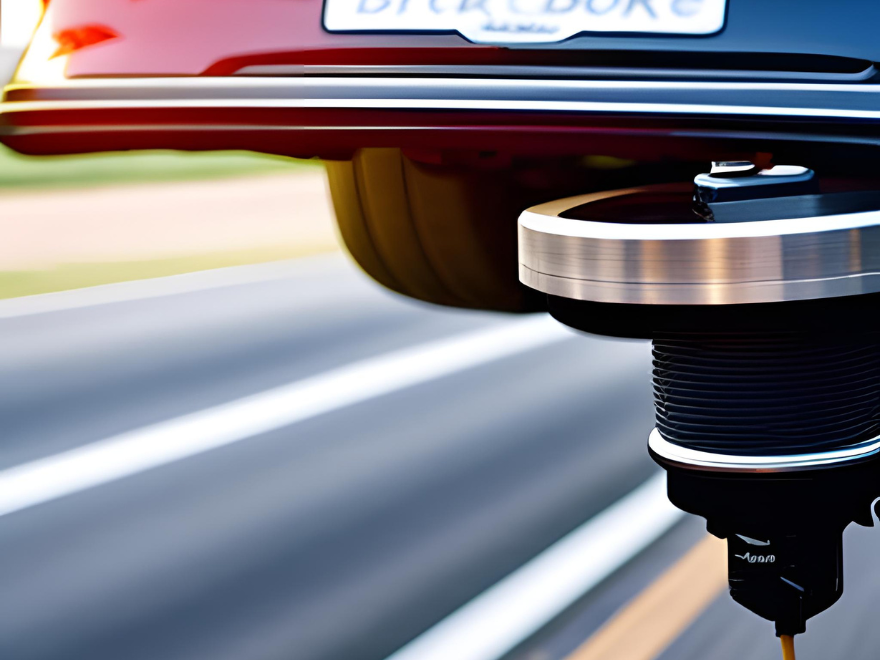
Just remember that this is not left-foot braking and proceed with caution. When you press the brake pedal down hard, the vehicle’s speed drops, and you can see the needle on the speedometer started to go upwards again. Brake-boosting, like any other street racing method, should not be encouraged on busy roadways.
For your own protection, you should never practice stopping in highly populated areas, such as along busy streets or while doing highway rolls.
How do Brake Boosters work?
The primary function of the brake boosters, which can have anywhere from one to two diaphragms depending on the size of your car, is to increase the force that is applied to the brake pedal with no more than a light touch from the driver.
Traditionally, brake systems have relied exclusively on brake fluid, a fluid that exerts a force on the brakes to bring the vehicle to a stop. In most cases, however, this liquid would not be sufficient to bring the car to a quick halt in an emergency situation, and the consequence would be a more gradual slowing down.
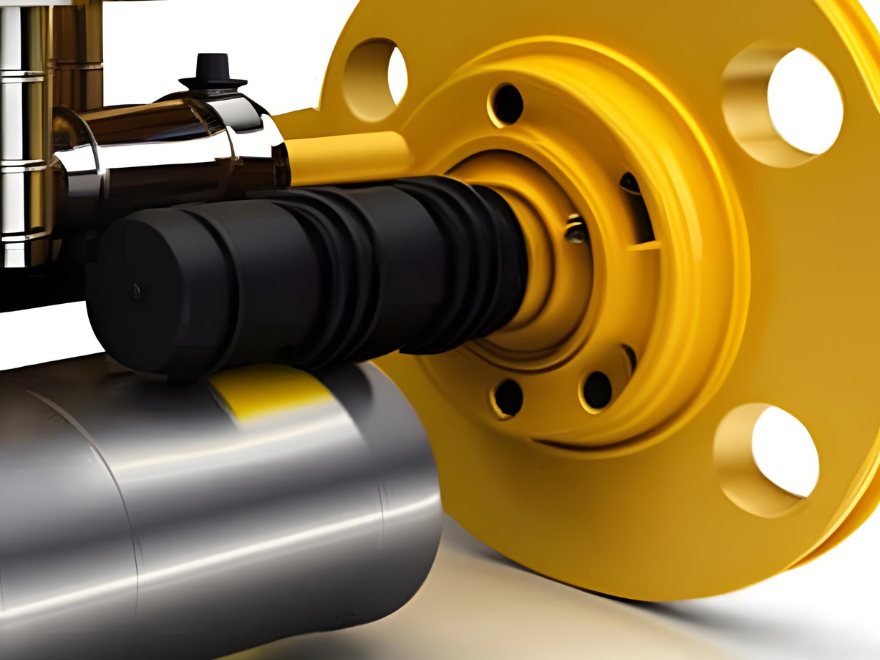
When compared to just using brake fluid, brake boosters can increase the pressure applied to the braking system by a factor of two to four, depending on the booster’s diaphragm size. This results in more immediate and effective braking, eliminating the need for the driver to stomp the pedal in an emergency.
When the driver presses the brake pedal, he or she advances the brake shaft attached to the pedal, which in turn forces the brake piston into the brake cylinder. Pressure is generated by the circulation of brake fluid through the system, allowing for the application of the brakes. There is a perfect counterbalance to the high pressure usually necessary for proper operation of the braking system provided by the brake boosters, which use the engine’s vacuum to enforce the pedal with increased strength.
What Is The Purpose Of Brake Boosting?
Now that you know the fundamentals of brake boosting, you should also be aware of its intended function. Below is a bulleted list that provides a high-level summary of some of the justifications for brake boosting.
If so, take some time to hone your abilities before showing them off to the world. You should avoid losing control of the car at all costs to avoid any potential mishaps.
The best places to hone your skills would be closed-off racetracks. They have a lot of space for motion adjustments without any cars in the way.
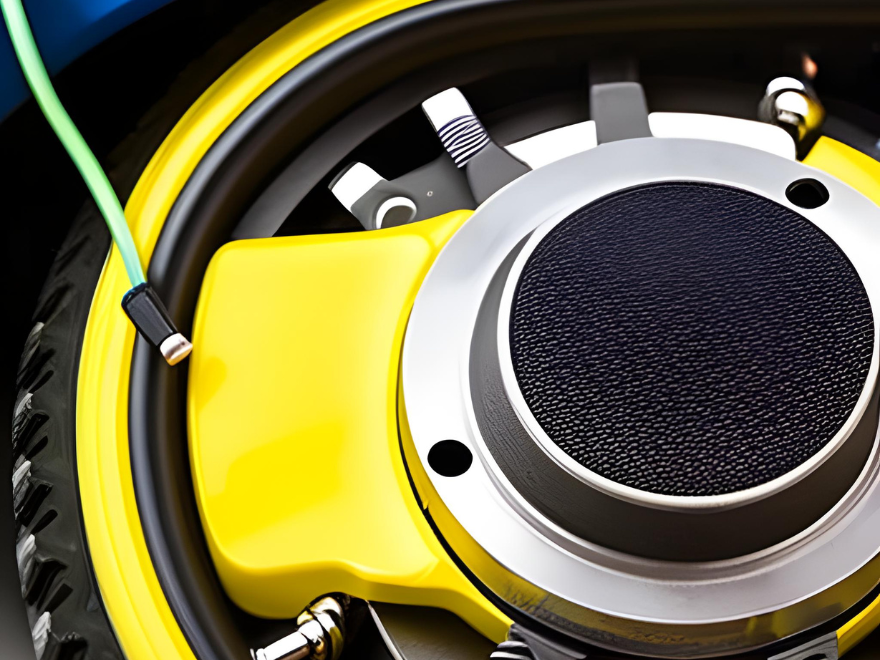
To begin, braking harder might make a car go faster. As was previously noted, maintaining a constant pace requires the driver to press down on the accelerator and stop, whereas completely depressing the pedal results in a significant increase in speed.
This tactic is used to obtain an advantage over the competition in street racing or roll racing, two forms of motor vehicle competition. The driver who brakes boosts will win any three-car race, and his or her rivals may not even notice the tactic being used until it’s too late. Therefore, this is one of the primary motivations for doing brake boosting.
Is Brake Boosting Bad?
Since brake boosting is a tactic frequently employed in street racing, you may be wondering if this type of competition poses any significant risks.
Brake boosting, like other forms of street racing, should be avoided on busy roads because of the risk it poses to other drivers. While not the safest option, there are precautions you can take to minimize risk and maximize success if you decide to give it a shot.
Advice for Increasing Brake Safety:
- Don’t use a lot of brake boost near lots of people.
- Get some stage time in before you perform for the public.
- Tune your racing abilities at a track.
One should never use brake boost in crowded places. This includes highly traveled areas, such as highways and public thoroughfares.
It’s best practice to perfect your method at home before doing it in front of an audience. Losing control of your vehicle at a location where you could hit something or someone is a terrible idea.
A race track is ideal since there is a lot of room to maneuver and no other cars will be in the way while you practice your brake boosting technique.
What Makes a Brake Booster Crucial?
Every millisecond counts when you need to brake to avoid an accident or harm. With a brake booster, the driver just needs to apply light pressure to the pedal to achieve effective braking, thus cutting down on reaction and response times. Indeed, as we are all well aware, there are frequently only seconds between a collision and a near miss.
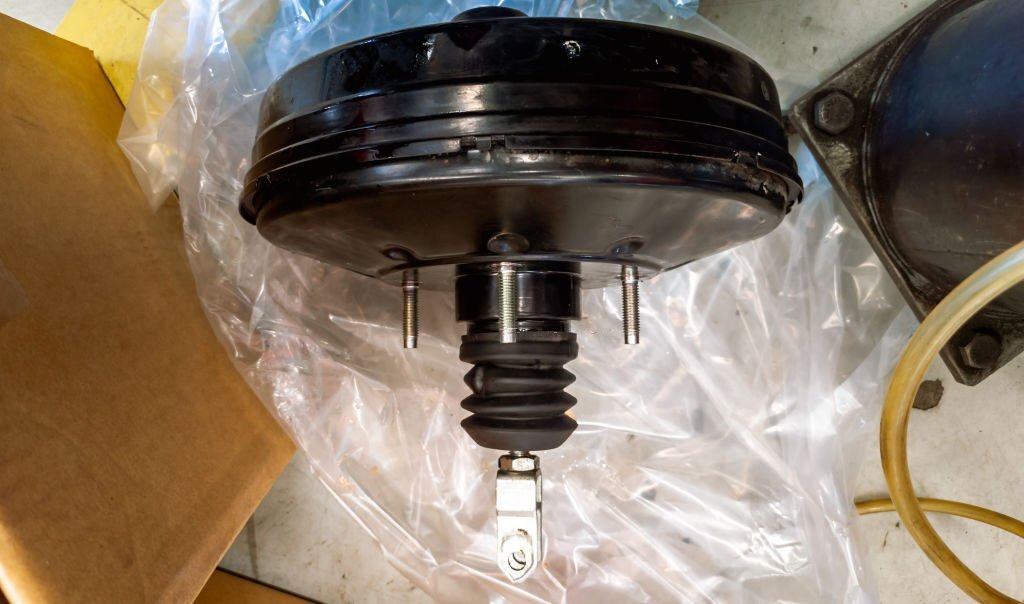
Because braking is a physically mild process in any vehicle size, a car with brake boosters is also excellent for elderly or physically disabled drivers. Pain in muscles and joints caused by exertion or repeated motion can be greatly alleviated in this way. Long-distance drivers and anyone who engages in frequent driving as part of their profession may also benefit from this, as muscle tiredness will be lessened.
Where Does Brake Boosting Differ From Anti Lag?
Both approaches are aimed at achieving the same goals. The sole distinction between them is in how they gain speed. The effects of a brake boost are felt almost instantly, but those of an anti-lag boost take much longer to materialize.
Finally, let’s define rolling anti-lag. It’s an in-car system that, when activated, caps your vehicle’s top speed or engine revs without throttling back your turbo.
Therefore, even though its engines are limited to the speed and RPM you’ve determined upon in advance, this turbocharger can nevertheless generate power. When the accelerator pedal is let go of, the engine’s ECU (Electronic Control Unit) tells the fuel injector to stop supplying power to the cylinders, which in turn causes the valve body to close.
There is a significant drawback to anti-lag in that it temporarily halts the exhaust fumes, which could damage the turbocharged engines and torque converter in the long term. In the end, the exhausts are what power these systems.
In the meantime, brake enhancement provides instantaneous responses without compromising overall vehicle performance. It’s the best option for motorists looking for a greener manner of getting about.
Brake Boosting Automatic Car
Automatic brake boosters are less complicated than their manual counterparts because there is no clutch to wear out. A steady 20 mph speed is achieved first, and then the brakes are applied gradually. When stopping, the brake is applied and the gas pedal is fully depressed. Twenty miles per hour may seem slow for a racing maneuver, but it serves the method well.
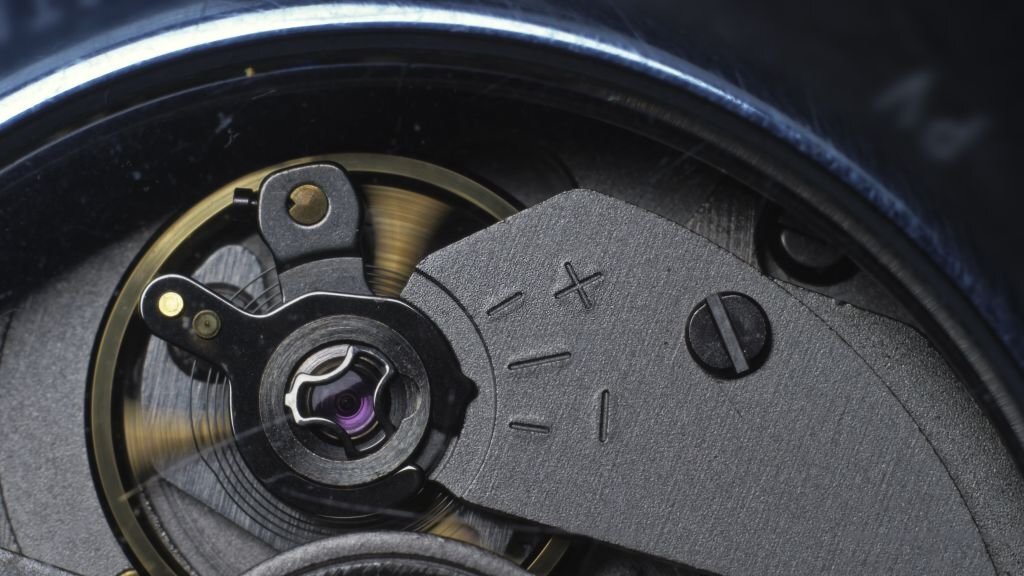
The turbocharger won’t begin to spool up until the gas pedal is depressed. You can let go of the brake and really feel the power and boost once you hear that spooling up. There will be a lot of noise from the motor, but the increased velocity will be noticeable and welcome.
Brake Boosting Manual Car
Brake boosting is possible in a manual vehicle, but some people are concerned that it puts too much stress on the clutch and other powertrain parts. Brake-boosting manual transmission is achieved in much the same way as explained above, with the primary difference being that manual cars require the driver to be in a lower gear in order to get the desired effect.
How to Brake Boost Automatic Cars?
Brake improvement on automatic automobiles is significantly simpler than on manual vehicles because of the absence of clutch wear concerns.
Here are two approaches, which vary somewhat in detail but accomplish the same thing:
Method 1: Push Down The Brakes First
Step 1. Achieve a constant pace of about 20 miles per hour. Even though 20 mph is on the low end of the speed range for racing maneuvers, it’s usually more than enough. Put on the brakes gradually so as not to crash.
Step 2. Put your foot completely on the brake, then keep it there while you keep your foot on the gas. Listen carefully for turbocharger spinning up noises.
Step 3. As soon as the turbochargers begin to rev up, take your foot off the brake and bask in the rush of power! It’s understandable that exhaust fumes might be overpowering.
Method 2: Concurrently Depress the Brake and Gas Pedals
Step 1. Raise the speed to twenty miles per hour. However, 30 mph might be a better fit for this technique
Step 2. Put your left foot on the brake and your right on the gas. It’s important that both happen at the same time.
Step 3. Put light pressure on the parking brake with your left foot. Concurrently, with your right foot, press down on the accelerator.
Step 4. Hold for a count of 2-3. At this point, you can remove your foot and let the car continue to spin out on the road. You’ll be blown away by how well it works!
How to Brake Boost A Manual Car?
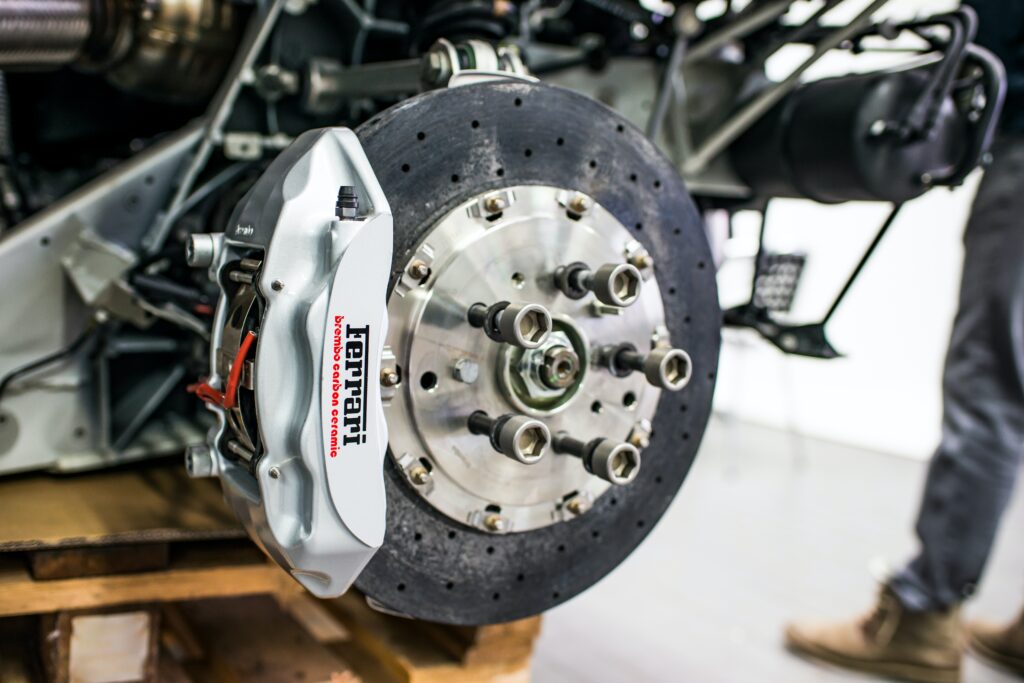
It is possible to brake boost a manual vehicle in one of two ways. Both processes are analogous to driving an automatic vehicle, with the exception that both must be performed in lower ratios to reach their goals.
You should also be wary of the potential for excessive wear on your clutches and drivetrain from the intense pressure you’ll be applying.
Method 1: Use Handbrake
When it comes to safety, manual cars, and handbrakes are a match made in heaven.
Step 1. Bring the engine up to about 3000 revolutions per minute by holding down the clutch pedal.
Step 2. Put on the hand brake and hold it while you ease off the clutch.
Step 3. As soon as the vehicle starts moving, start releasing the handbrake until the engine starts making a whirring sound.
Step 4. Start your engines, hit top speed, and have fun!
Method 2: Use Footbrake
Some motorists may feel uneasy using handbrakes. Keep in mind that a footbrake is always a possibility, even if it presents greater dangers than our earlier recommendation.
Step 1. Reduce your use of the clutch and bring the engine up to about 3000 revolutions per minute.
Step 2. While gradually letting off the clutch pedal, press down on the footbrake.
Step 3. Keep your foot off the brake as the vehicle moves forward to rev up the engine.
Step 4. Turn the dial all the way up and chill out!
Who makes the finest brake boosters on the market?
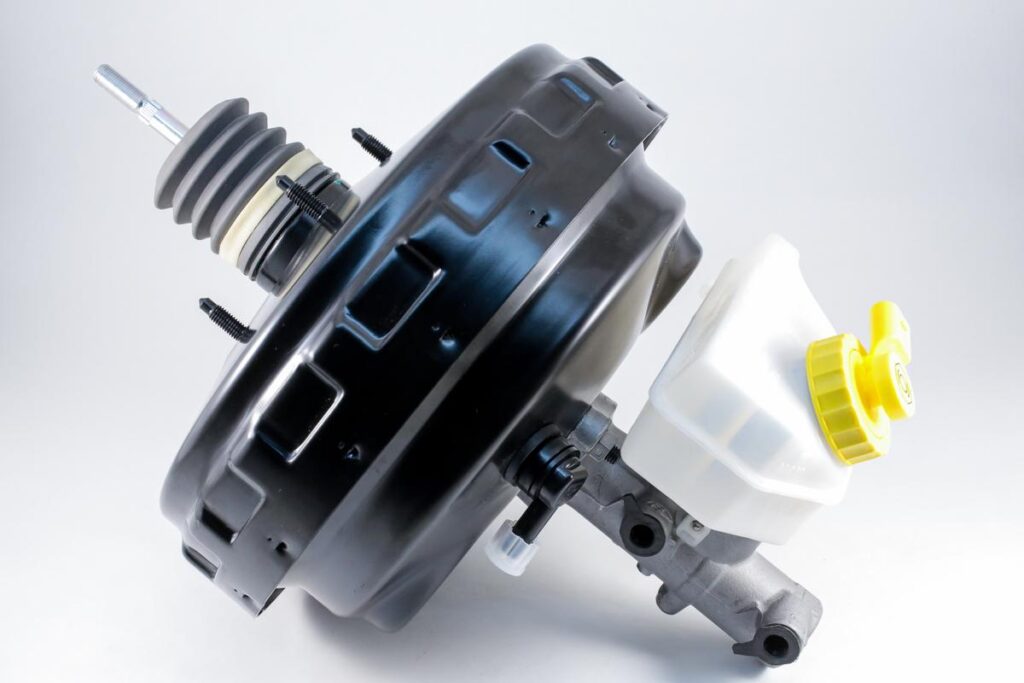
The four largest manufacturers of brake boosters are Hitachi, TRW, Mando, and Crown Automotive. Their product lines, which are both inventive and useful, have won widespread praise.
1. Hitachi
Hitachi is an iconic company that has been around for a century. Its goal is to make a positive impact on society by developing cutting-edge technologies. Brake boosters are just one of the many components that Hitachi Automotive, a division of Hitachi, has created and made available to consumers.
Drivers all over the world have given the company’s vacuum boosters with a hydraulic assist mechanism rave reviews. Its products are all made in ISO-approved factories that strictly adhere to all the regulations set by the industry.
The company exports boosters to over 150 countries in addition to drive control, electric powertrain, engine management, and vehicle information systems.
2. TRW
When it comes to automotive safety equipment, few companies can compete with TRW. The company has long been a top-tier supplier of brake boosters, giving it an unrivaled advantage in the market.
The brand’s success in the driver community may be attributed to its innovative designs, long history of engineering excellence, and extensive catalog of vehicles. Every product they sell is subjected to exhaustive in-house and third-party testing to ensure the highest standards.
TRW boosters have been proven to work reliably and consistently on a wide variety of surfaces. Better still, TRW has opted to acquire more robust materials, ensuring each booster will last a lifetime of use in response to rising client demand.
3. Mando
In a lot of different countries, the Mando tech brand is practically a household name. Mando’s half-century of experience has been well-received by clients since the company’s founding in 1962.
Among the thousands of categories available on Mando, brake boosters serve as the dividing line, allowing for unprecedented levels of efficiency in your driving experiences.
Fans of Fiat, PSA, WW, BMW, or GM probably aren’t surprised to learn that these automakers have all partnered with Mando to produce their brake systems. Mando, with its cutting-edge technology, will be a bright spot in the world of brake boosters for many years to come.
4. Crown Motors
Crown Automotive, founded in 1963 in Boston, has expanded from its humble beginnings to become a major provider of Jeep boosters and replacement parts. Crown brake boosters are an excellent choice for anyone looking for a high-quality, well-fitting product at a fair price.
It is not surprising that the brand has become so well-known in the United States and around the world for its high-quality accessories. Crown Automotive has done such an excellent job that millions of ancient Jeeps are still on the road.
Conclusion
Evidently, this is a great racing tactic that will give you a huge leg up in every roll race you enter. When everything else is on a level playing field, that extra burst of strength can be the difference between winning and losing.
However, motorists must be aware of the potential damage that brake boosters can cause to the braking and transmission systems of their vehicles. Do not keep the effect active for too long or use it too frequently.
Frequently Asked Questions
Is Brake Boosting Possible with a Supercharged Car?
No, despite what certain ideas could suggest. In most supercharged automobiles, the complexity of the architecture precludes the driver from giving the vehicle a large boost.
It’s common knowledge that turbochargers increase velocity by pooling the turbocharger’s boost to counteract lag, which causes the engine to hesitate before releasing its holding torque.
Is Boosting the Brakes Enough to Get the Car Started?
Similar to BMW’s Launch-control features, you can use brake-boosting to quickly accelerate the vehicle from a complete stop.
Some motorists, however, prefer the more conventional rolling technique because of the increased strain it puts on the vehicle’s engine.
Can I Add Brake Boosters to my Car?
A competent mechanic should be able to install brake boosters in your car, check their condition, and replace them if necessary.
In the event of an emergency, a motorist can rest easy knowing that their brakes will stop the car quickly and safely thanks to brake boosters, which are a necessary component of any modern automobile.

